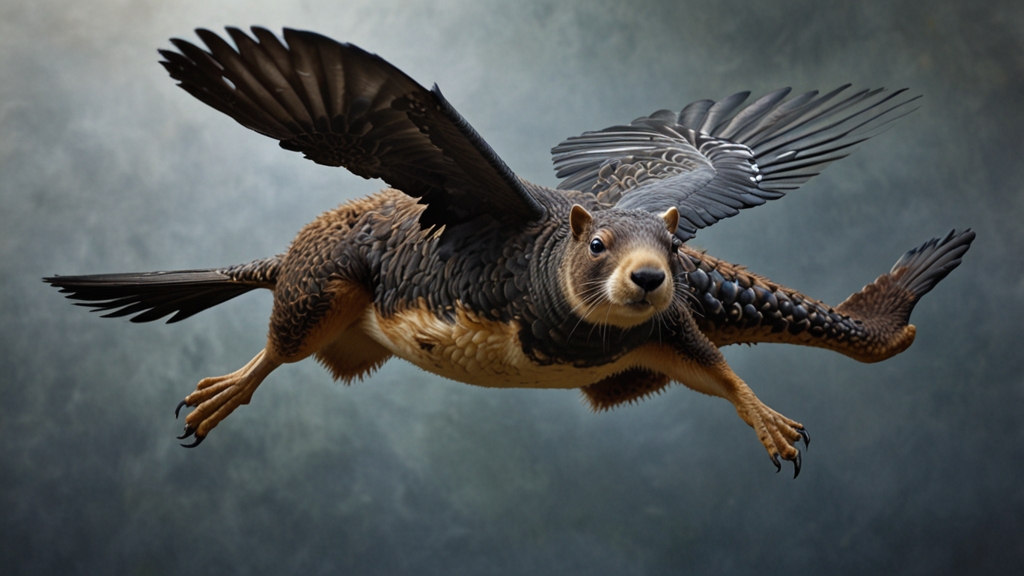The Extraordinary Navigation Skills of Animals Explained
From the vast expanse of the oceans to the dense foliage of forests, various animal species demonstrate incredible navigation skills, often leaving humans in awe. These navigation methods range from instinctual behaviors to learned practices, showcasing an impressive array of natural abilities. Whether migrating across continents or returning to a specific location after years, animals employ sophisticated techniques to find their way in the wild. This article delves into some of the most fascinating navigation skills exhibited by animals.
Magnetic Orientation
Many animals rely on the Earth's magnetic field to navigate long distances. This ability, known as magnetoreception, is particularly evident in migratory birds. Birds such as the Arctic Tern—the champion of long-distance migration—travel from the Arctic to the Antarctic and back every year, displaying tireless endurance and unerring precision. The mechanism behind their magnetic sense involves specialized cells in their bodies, possibly containing magnetite, which help them detect magnetic fields and maintain their course.
"The Arctic Tern's migratory journey can span up to 70,000 kilometers per year, showcasing one of the most extraordinary natural navigation feats." – Ornithological Studies Journal
Celestial Navigation
Stars and other celestial bodies serve as navigation tools for various animals. For instance, dung beetles utilize the Milky Way to orient themselves when rolling dung balls. These industrious insects climb onto their balls and perform a brief dance, which is believed to help them align their direction using the starry sky. Similarly, nocturnal migratory birds use the stars to guide their nighttime journeys.
Sun Compass
The position of the sun helps many animals stay on course. Honeybees, for example, use the sun as a compass to forage and return to their hives. They perform intricate dances known as the "waggle dance" to communicate the direction and distance of food sources to their hive mates. By calculating the angle of the sun in relation to the hive, honeybees can accurately navigate while searching for nectar and pollen.
Scent Trails and Visual Landmarks
Some animals rely on their acute sense of smell or visual memory to navigate. Ants, for instance, leave pheromone trails to find their way back to the nest. When a food source is located, they lay down a chemical trail that other ants follow, creating a highly efficient foraging system. Likewise, salmon use olfactory cues to return to the exact stream where they were born, overcoming vast and treacherous river systems to spawn.
"Salmon's homing ability is a remarkable example of how the sense of smell is integral to survival and reproduction in the animal kingdom." – Marine Biology Insights
Echo Location
Bats and dolphins have developed a unique navigation method called echolocation. By emitting sound waves and analyzing the returning echoes, these animals can construct a mental map of their surroundings. Bats use echolocation to hunt insects in complete darkness, while dolphins apply the same principle to navigate the murky depths of the ocean and communicate with their pods.
Conclusion
The natural world is brimming with examples of extraordinary navigation skills among animals. Whether through magnetic fields, celestial bodies, the sun, scent trails, or echolocation, these creatures demonstrate remarkable adaptations that allow them to traverse vast distances and challenging terrains. Understanding these navigation methods not only fascinates scientists but also encourages further appreciation of the intricacies of nature.
"Nature's ingenious solutions to navigational challenges remind us of the incredible adaptations that have evolved over millions of years." – Nature and Science Monthly
As humans continue to explore and learn more about these skills, we gain deeper insights into the complexities of animal behavior and the remarkable ways life on Earth has adapted to survive and thrive.









